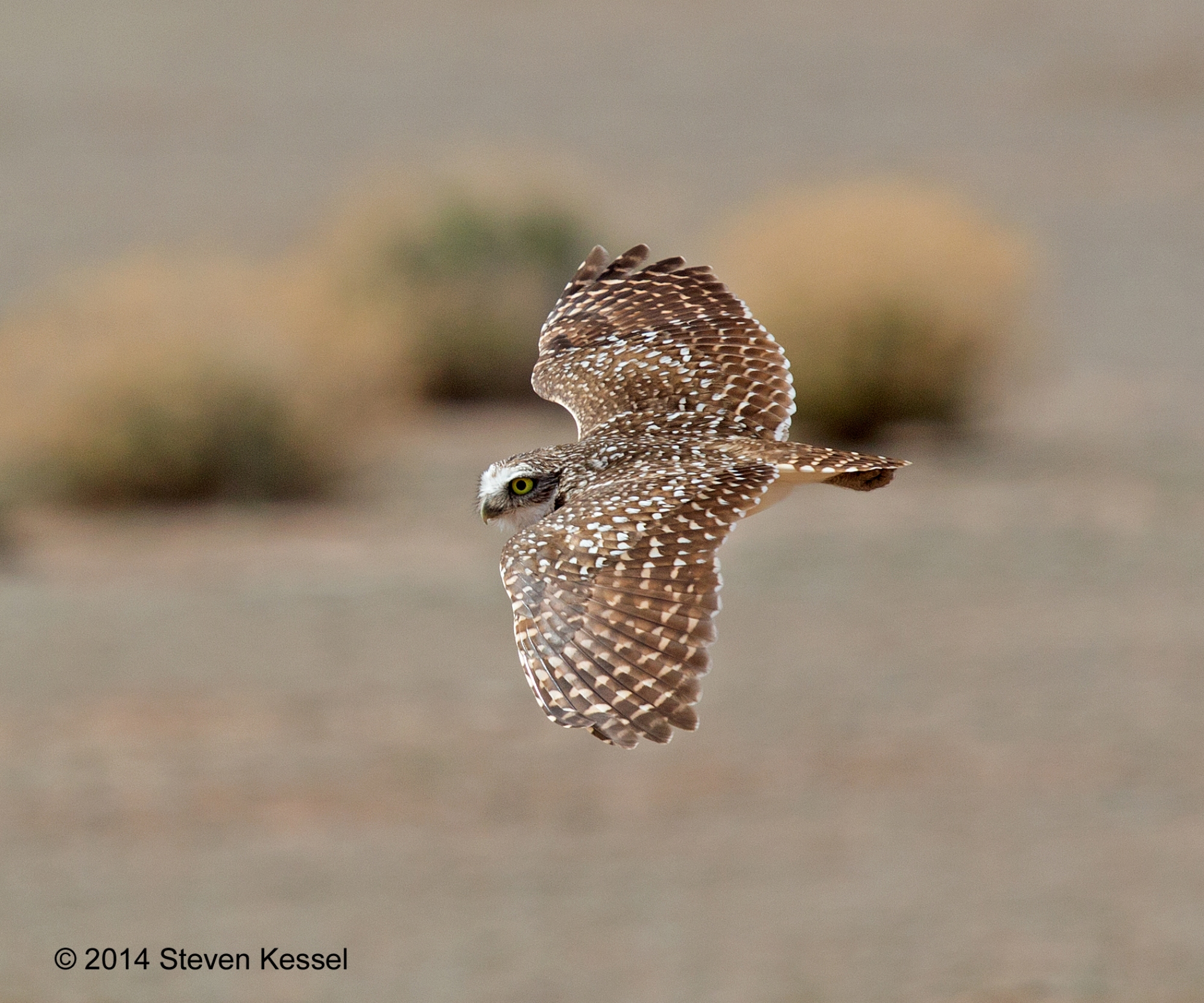You may enlarge any image in this blog by clicking on it. Click again for a detailed view.
I’ve gotten into a bit of a rhythm recently, alternating posts of dragonfly images every few days with posts of birds or other wildlife. I think that I’ll keep doing this, at least so long as dragonflies — among my favorite subjects — are abundant.
Today’s dragonfly is one of the more striking-looking members of this large family of insects. This is a Narrow-striped Forceptail.

This big dragonfly is distinctive, with its striped thorax and its long and needle-like abdomen terminating with weird-looking projections at its tip.
I had no idea what I was looking at when I photographed it. So, I turned to my “bible,” the excellent A Field Guide to the Damselflies and Dragonflies of Southern Arizona and Sonora, by Bailowitz, Danforth, and Upson, thinking that I might have to do some fairly extensive research to obtain an identification. It certainly didn’t take me long to get my result — the guide’s cover photograph is of a Narrow-striped Forceptail!
This dragonfly is living proof of what can happen when a very successful family of insects has 250 million years to evolve and diversify. Dragonflies have survived multiple mass extinctions. They predate dinosaurs, they’ve lived through meteor impacts and ice ages, and they persist today, adapted to a wide range of habitats and evolved to assume amazing forms and colors. The basic model for these insects is standardized, but within that model evolution has encouraged various species to evolve a myriad of modifications.
Image made with a Canon R5, Canon RF 70-200mm f4 IS L zoom lens, illuminated by Canon 600EX-RT accessory flash, M setting, ISO 200, f11 @ 1/200.

Great shot of a spectacular species!
Beautiful image of a spectacular Dragonfly Steve! Your images grace my email every morning to much delight.
My question – there are 2(?) white/transparent insects near the head of this beauty, are they carcasses or just other insects?
Great observation, Alan. I should have noted in my post that those are the shed skins of dragonfly nymphs that have made the transition to adulthood. Young dragonflies spend a prolonged period living in water (they are ferocious predators as nymphs as they are as adults). When they’re ready to transition to adults the nymphs climb out of the water, usually on to a plant stem, and undergo a final molt. I don’t know what species these skins housed, could be a dragonfly or even a damselfly species.
Steve